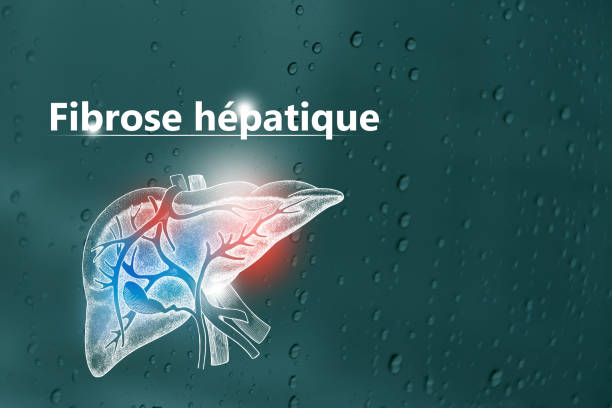Hemochromatosis is a condition where the body accumulates too much iron, leading to damage to various organs and tissues. This condition is genetic and most commonly affects individuals of Northern European descent. The excess iron accumulates in the body over time, eventually leading to serious health problems if left untreated. Understanding the symptoms of hemochromatosis and how it is treated can help individuals identify and manage this condition.
Symptoms of Hemochromatosis
The symptoms of hemochromatosis can be subtle and often go unnoticed for years. In some cases, the symptoms may not develop until middle age or later. The most common symptoms of hemochromatosis include:
Joint Pain: One of the earliest symptoms of hemochromatosis is joint pain, particularly in the hands, feet, and hips. This pain can be accompanied by stiffness and swelling.
Fatigue: Excessive iron accumulation can lead to fatigue, weakness, and decreased energy levels.
Abdominal Pain: Hemochromatosis can also cause abdominal pain and discomfort, particularly in the liver and other abdominal organs.
Sexual Dysfunction: Men with hemochromatosis may experience erectile dysfunction, decreased libido, and infertility. Women with hemochromatosis may experience irregular menstrual cycles and decreased fertility.
Skin Changes: Hemochromatosis can cause the skin to become darker and pigmented, particularly on the knuckles, elbows, and knees.
Heart Failure: Excessive iron accumulation can lead to heart failure and other cardiovascular problems, including arrhythmias, heart attacks, and heart valve damage.
Liver Disease: Hemochromatosis is a common cause of liver disease, including cirrhosis and liver cancer.
Diabetes: Hemochromatosis can also cause diabetes, particularly in people who are overweight or obese.
Diagnosis of Hemochromatosis
Diagnosing hemochromatosis requires a combination of medical history, physical examination, and laboratory tests. Some of the most commonly used diagnostic tests for hemochromatosis include:
Serum Iron Studies: These tests measure the levels of iron in the blood and help determine the amount of iron stored in the body.
Transferrin Saturation Test: This test measures the amount of iron that is bound to transferrin, a protein that carries iron in the blood.
Liver Function Tests: These tests measure the levels of liver enzymes in the blood, which can indicate liver damage.
Genomic Testing: This test can determine whether an individual has the genetic mutations associated with hemochromatosis.
Treatment of Hemochromatosis
Treating hemochromatosis involves removing excess iron from the body. The two main treatment options for hemochromatosis are phlebotomy and iron chelation therapy.
Phlebotomy: Phlebotomy is the most common treatment for hemochromatosis. This procedure involves removing blood from the body on a regular basis, which helps to reduce the amount of iron stored in the body. Phlebotomy is typically performed once or twice a week until the iron levels in the body have been reduced to normal levels.
Iron Chelation Therapy: Iron chelation therapy is another option for treating hemochromatosis. This treatment involves taking medications that help remove excess iron from the body. Iron chelation therapy is typically used for individuals who are unable to undergo phlebotomy due to medical reasons or who have advanced hemochromatosis.

 Home
Home Health
Health Diet & Nutrition
Diet & Nutrition Living Well
Living Well More
More












